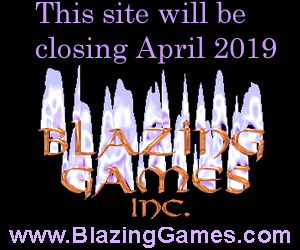

How RTL became TXT
I had created a generic tile map editor for another game I was working on. This game was a C++ game for Windows and used a flexible 256 tile 128x128 map. The map format that this utility produced was a very simple binary format which I called rtl or Raw Tile Layout. This is the format I used for all four of the Coffee Quest games. When I decided to open source Coffee Quest, I had a bit of a problem. Simply stated, the tool I used was Windows only and I wanted everybody to be able to create maps for the game. My solution was to create a very simple text based format that could be created or edited with a text editor. I also wrote a fairly simple construction set program that could produce these files.
The file format starts with the game key (so you know what game the map is for). For Coffee Quest 1, the key is CQ1. The next line contains the size of the map. I am assuming with this file format that the maps are square, so the number represents both the width and height of the map. Acceptable values are 16, 32, 64, and 128.
This is followed by n lines of n characters that contain the map codes listed in the previous section. That is all that is to creating a map. To actually use the map that you create, you will need to create a configuration file that tells the game which file to use for the map. The configuration file will be explained in more detail in a later chapter.
| Previous page | Chapter 2 Page 4 |
About -
Privacy Policy -
Contact -
Links -
FAQ
Copyright © 2006 Blazing Games Inc. All Rights Reserved
